Here’s How Victorians “Photoshopped” Photos
Early photographers used pencils to touch up photographic plates — and the results look pretty freaky
With news that Adobe intends to bring Photoshop to smartphones and tablets later this year, it may soon be harder than ever to figure out if it’s real or just “shopped.” But though photo retouching is a fact of life in 2015, it wasn’t quite as simple for early photographers.
British photographer Tony Richards explains on his blog that he first got interested in Victorian touch-up technology when he started to look more closely at fine albumen prints. When he scanned the photographic plates from which albumen prints were made, he noticed the photographers’ touch-up marks on the emulsion side of the plates — a result he notes was “quite possibly the opposite effect than that [which] was originally intended for the printed version.”
In fact, touching up photos was common back in the day. Photographers made permanent edits on the plates themselves so that all prints would look brighter and more appealing. This British photography journal from 1875 instructed photographers to use a sharp, fine-pointed pencil to add highlights to a picture, then brighten up things like cheeks that might print darker than desired by “cross-hatching with a rather blunted pencil.”
The result is a touched-up negative that looks more crackled and grotesque than beautiful — before it’s printed, that is. Check out the slideshow above for before-and-after images of the plate and the print it produced.
/https://tf-cmsv2-smithsonianmag-media.s3.amazonaws.com/accounts/headshot/erin.png)
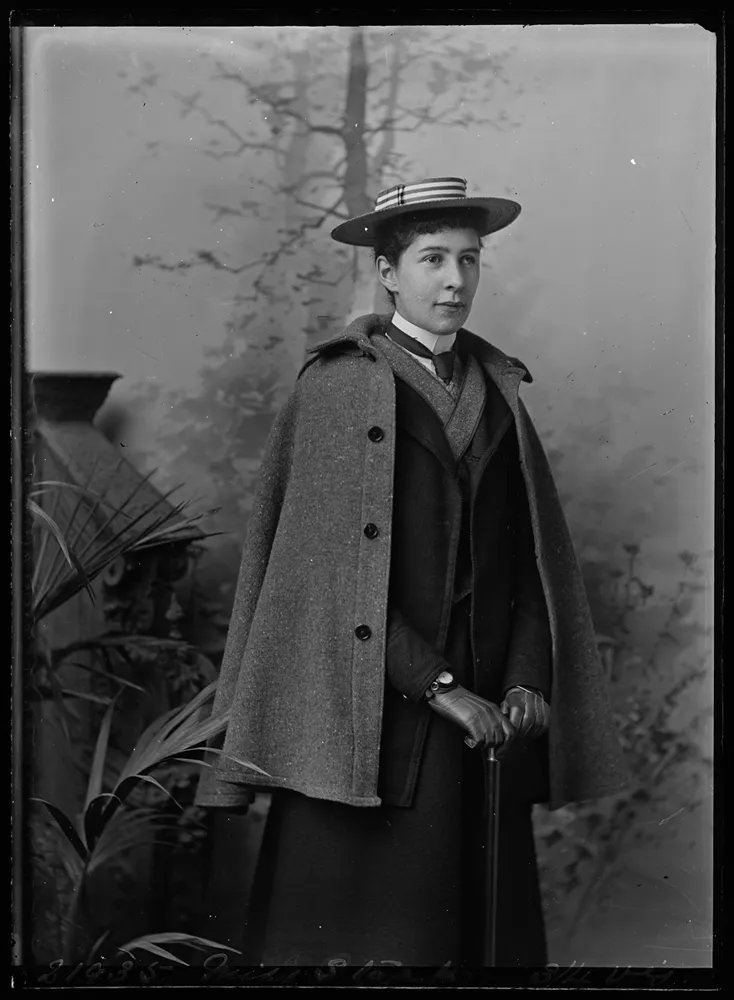
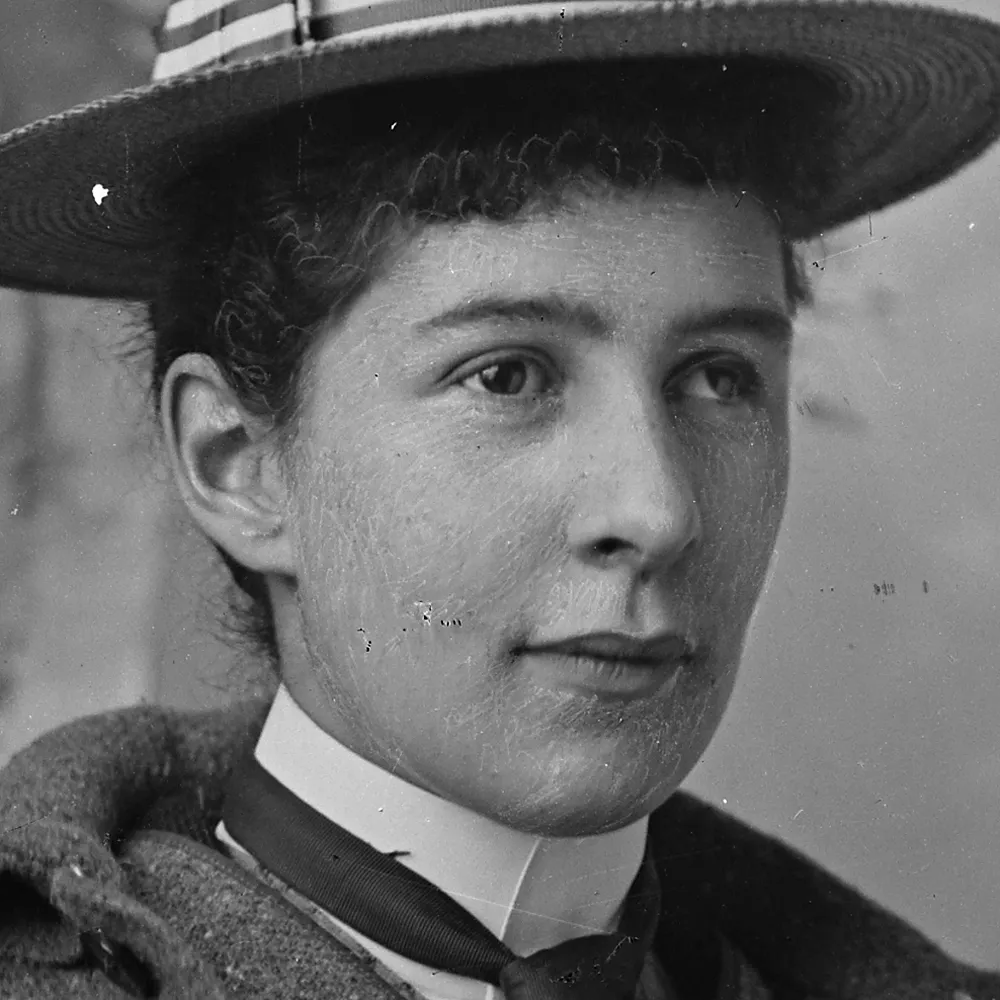
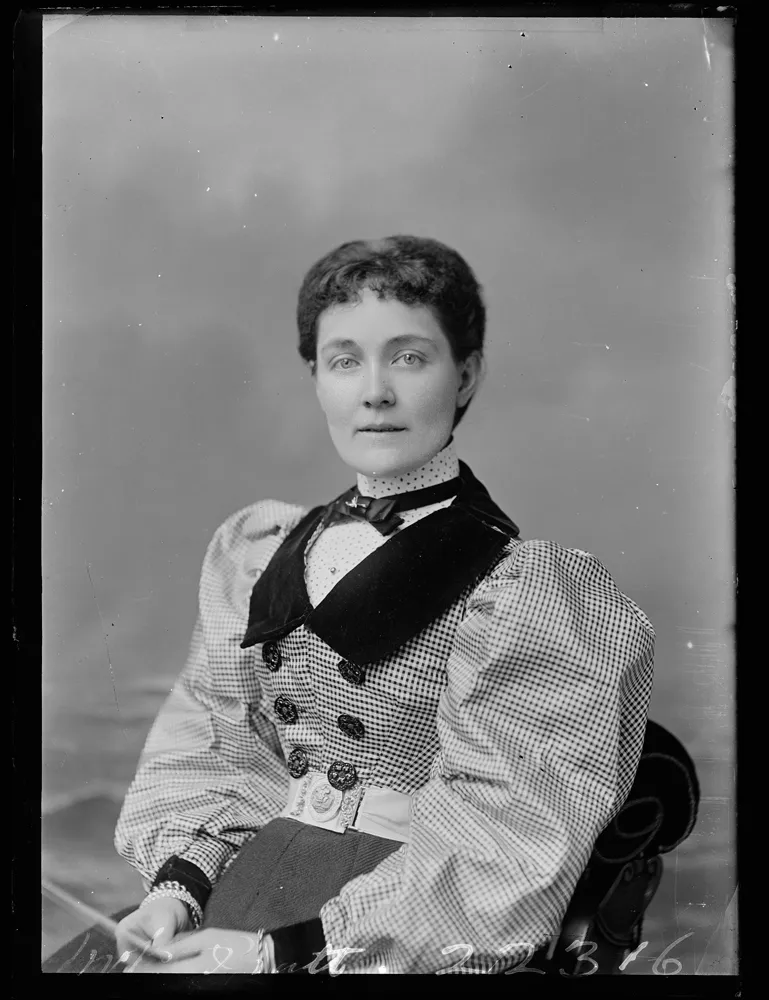
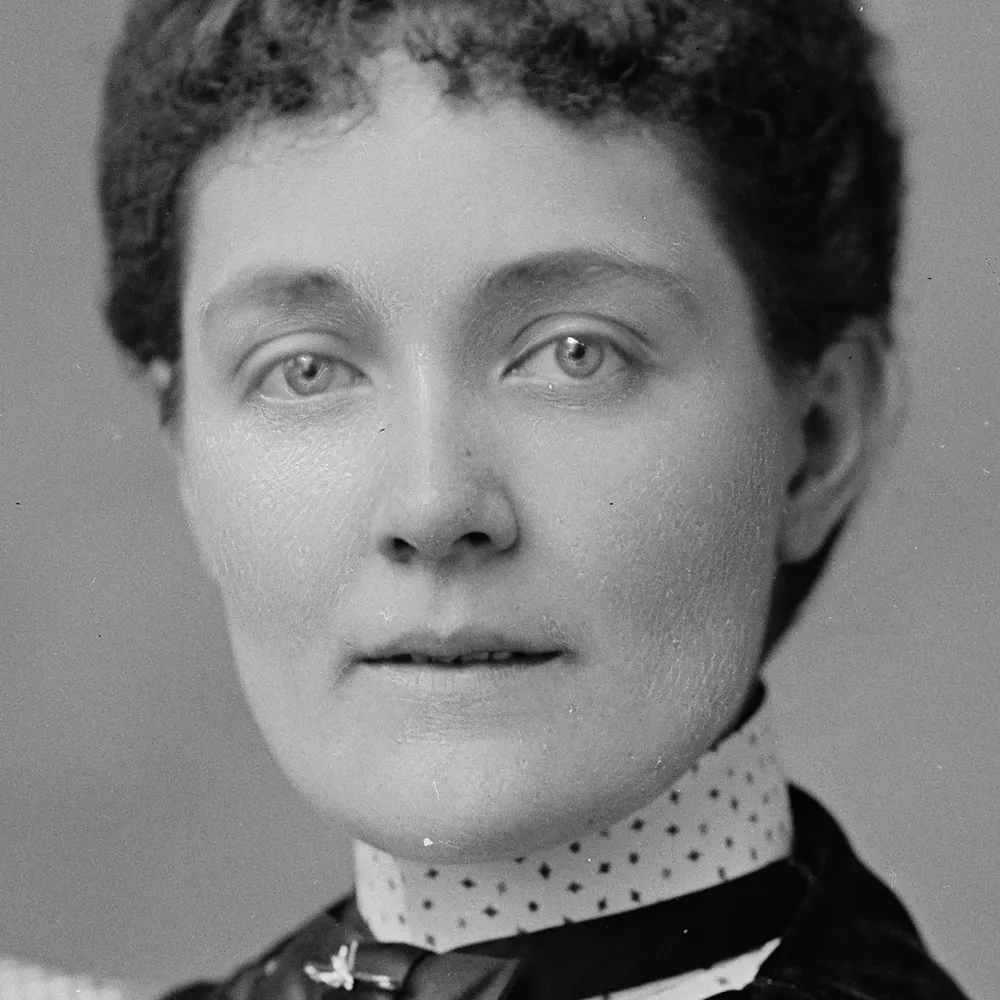
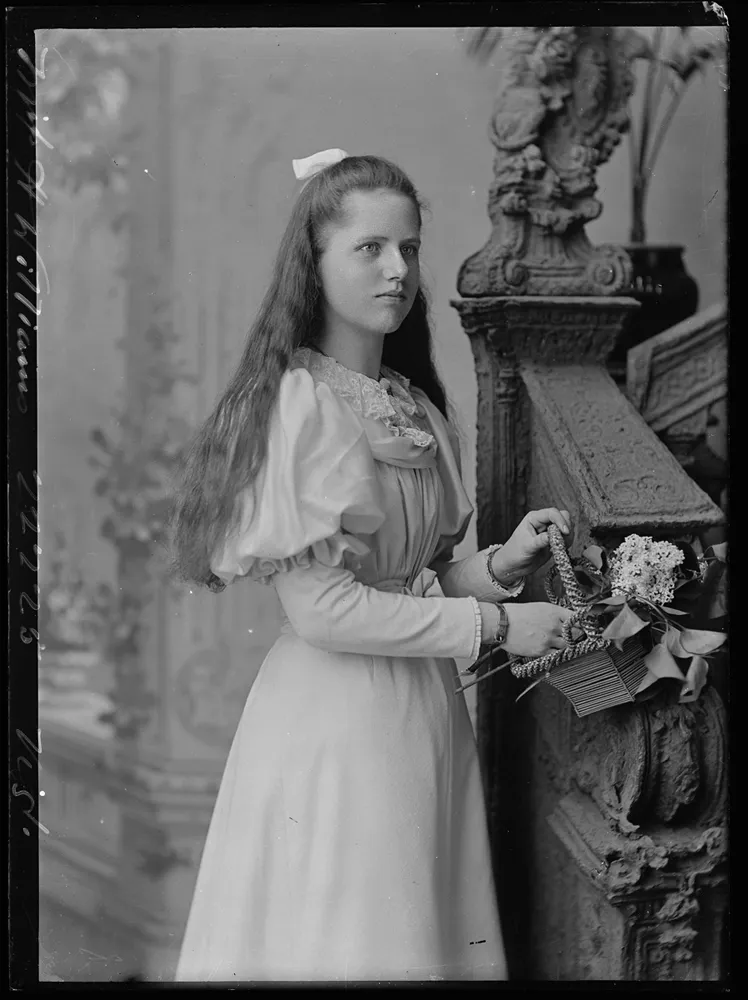
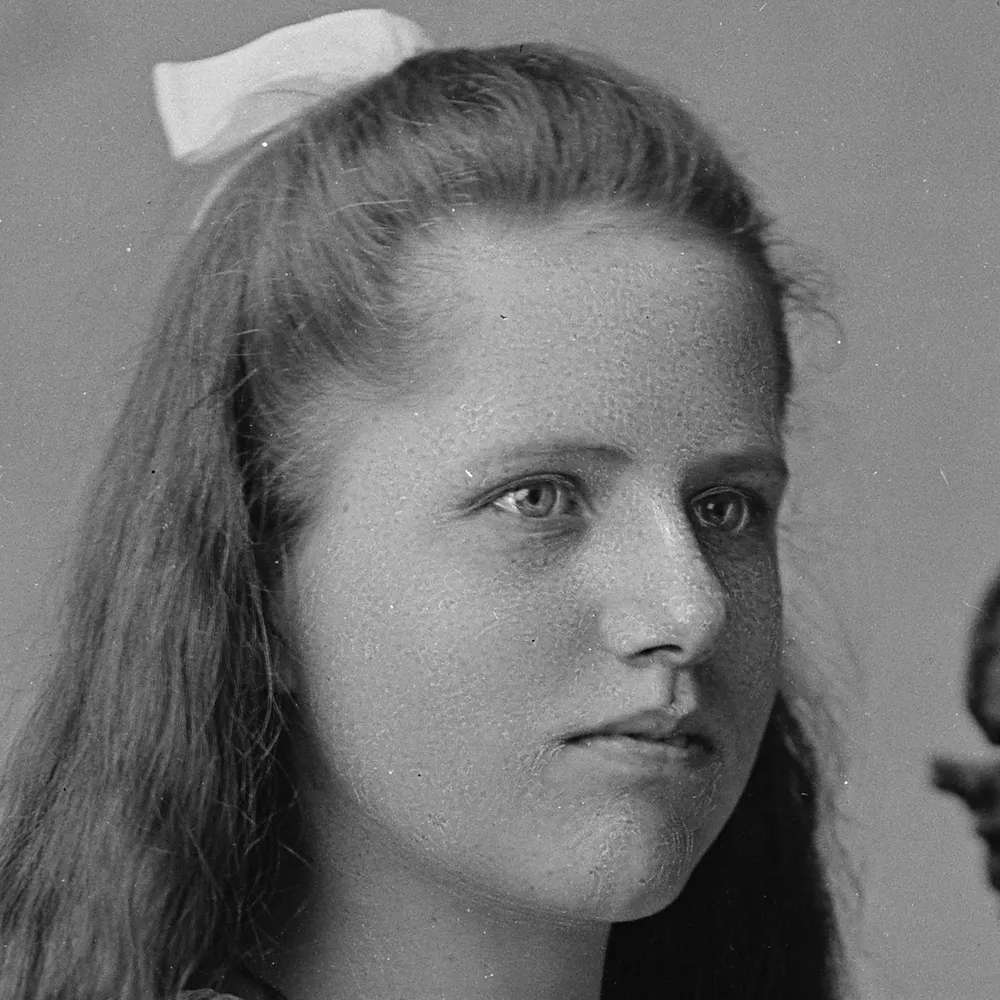
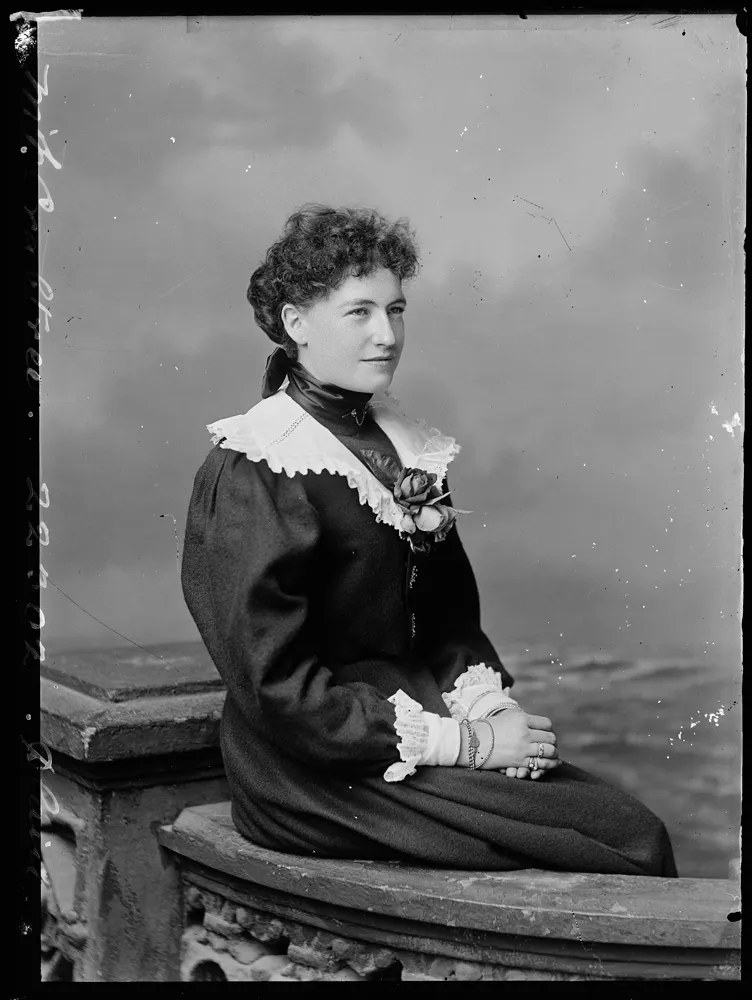
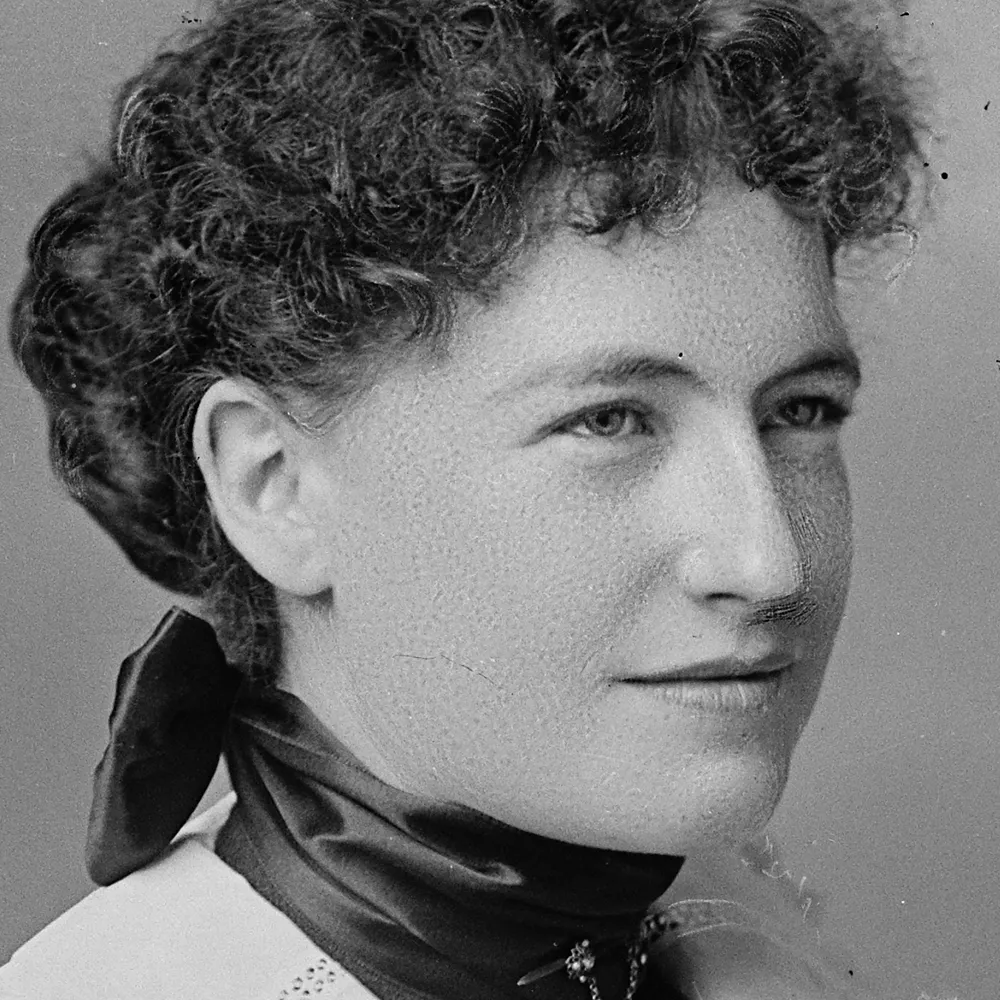
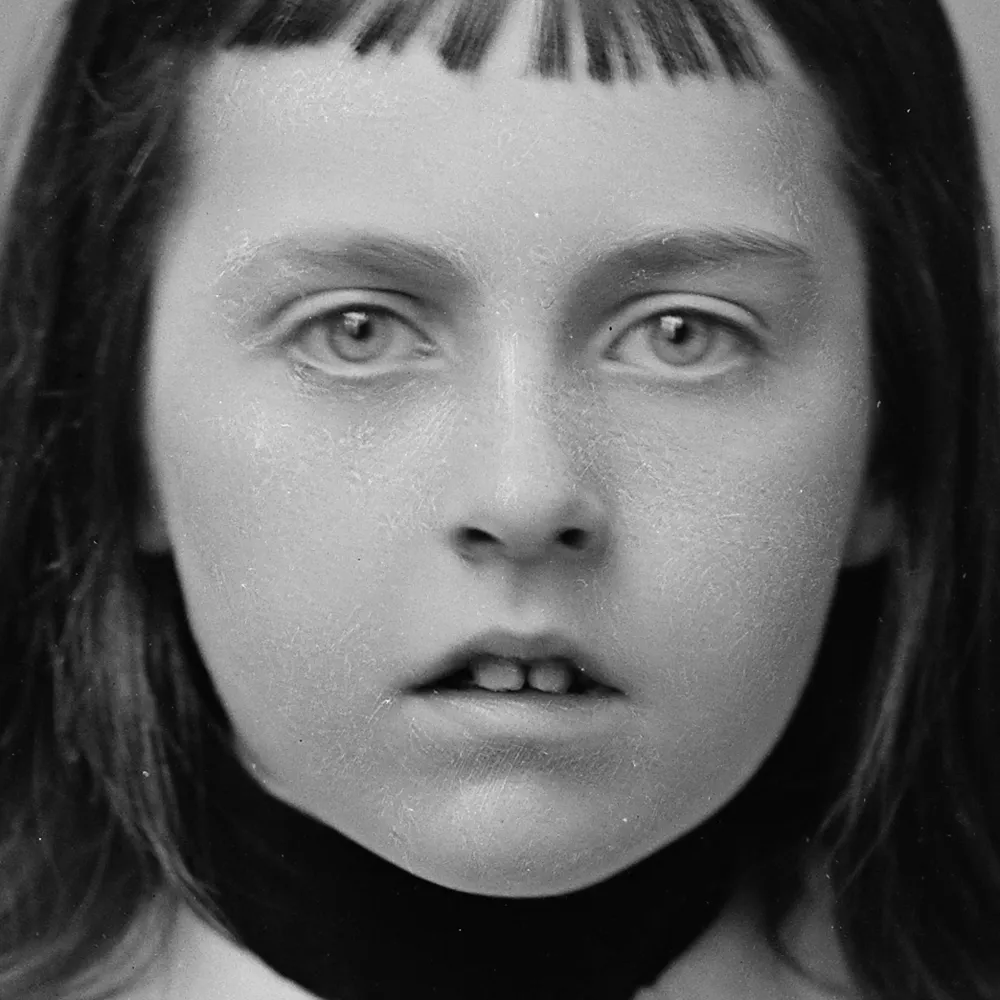
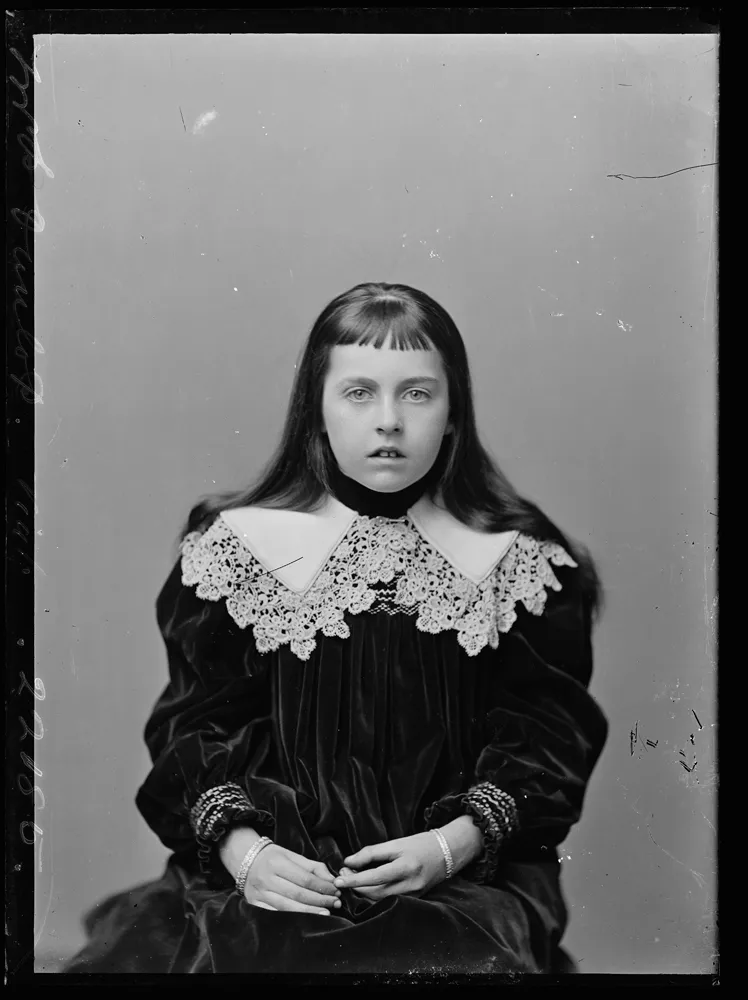
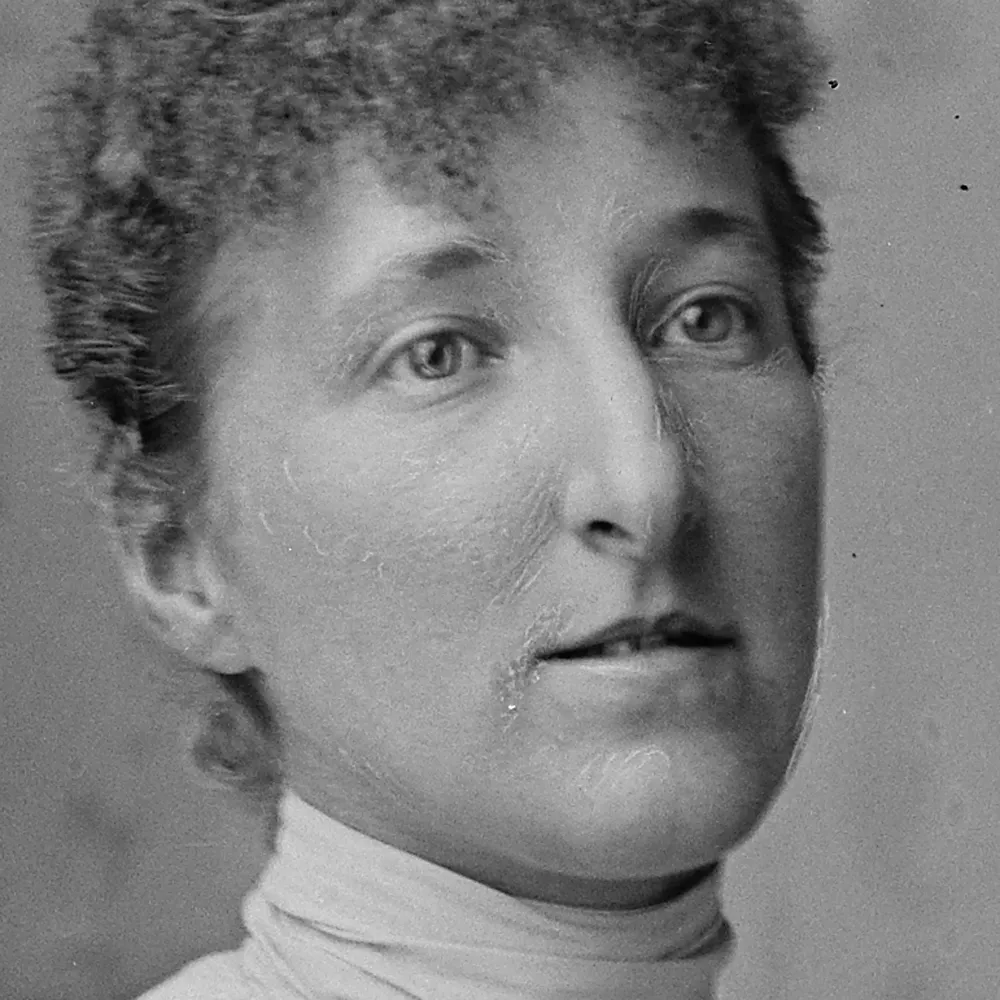
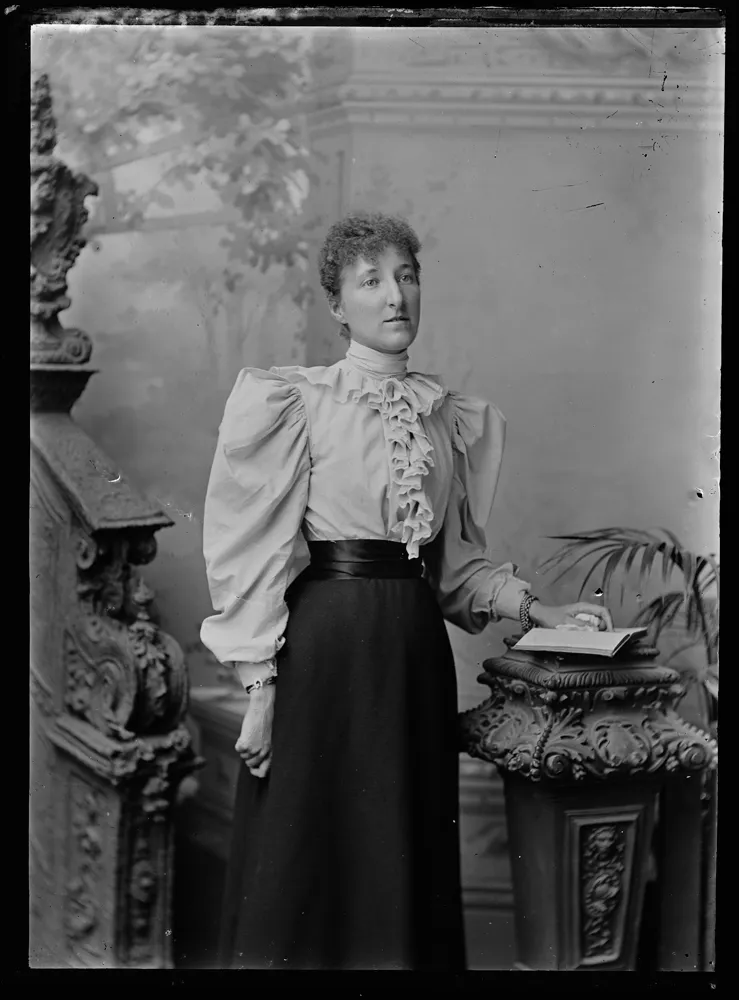
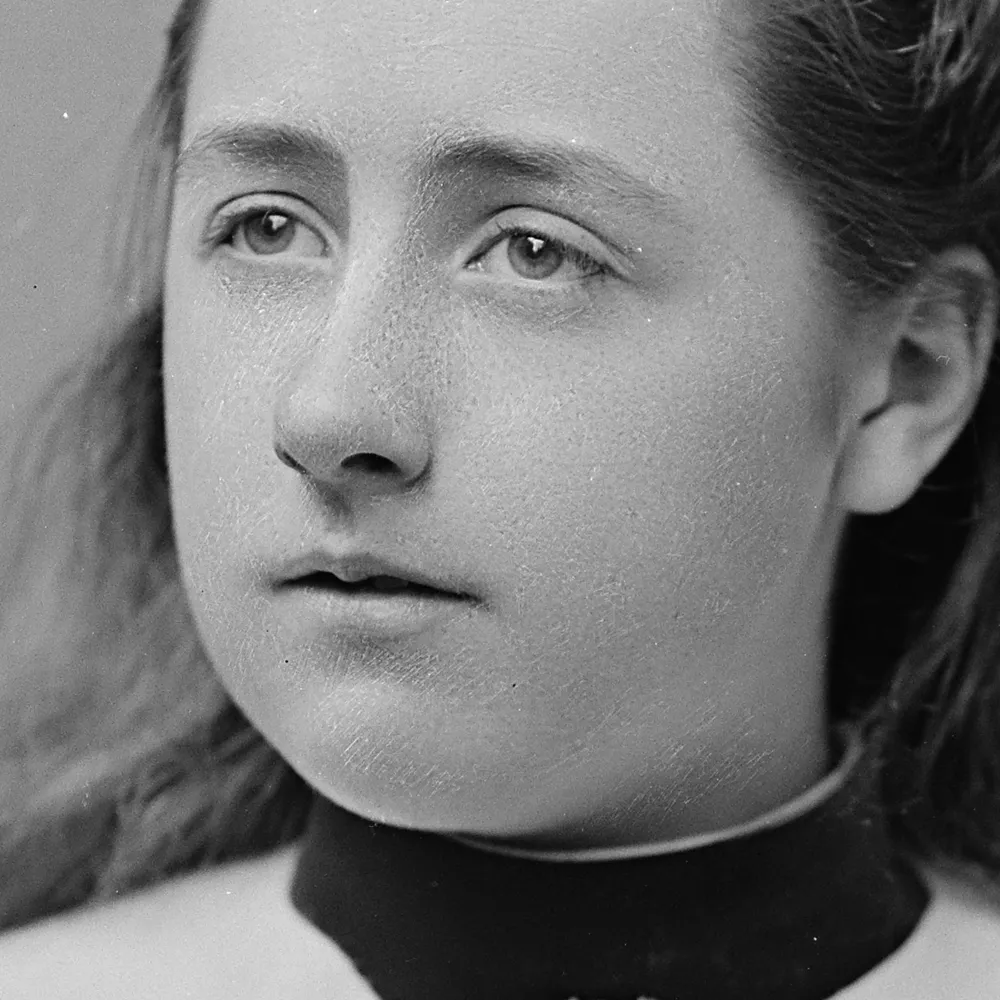
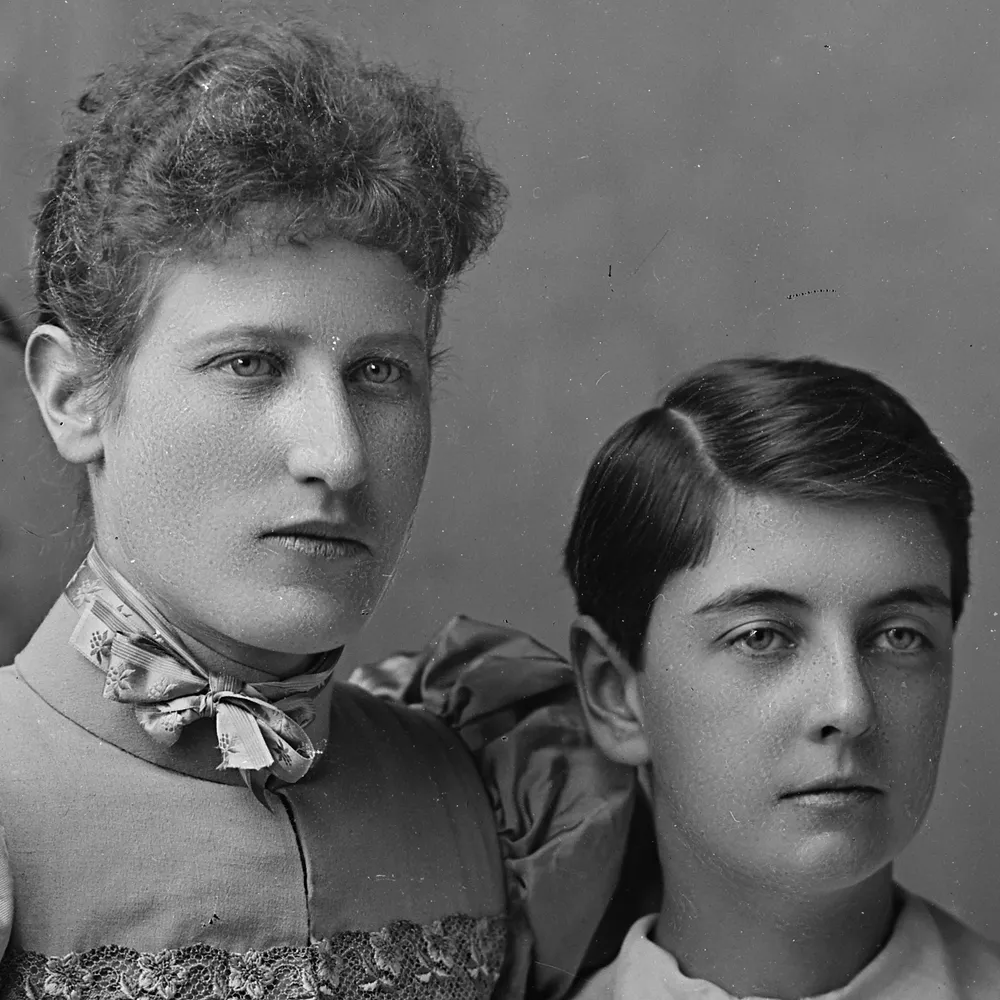
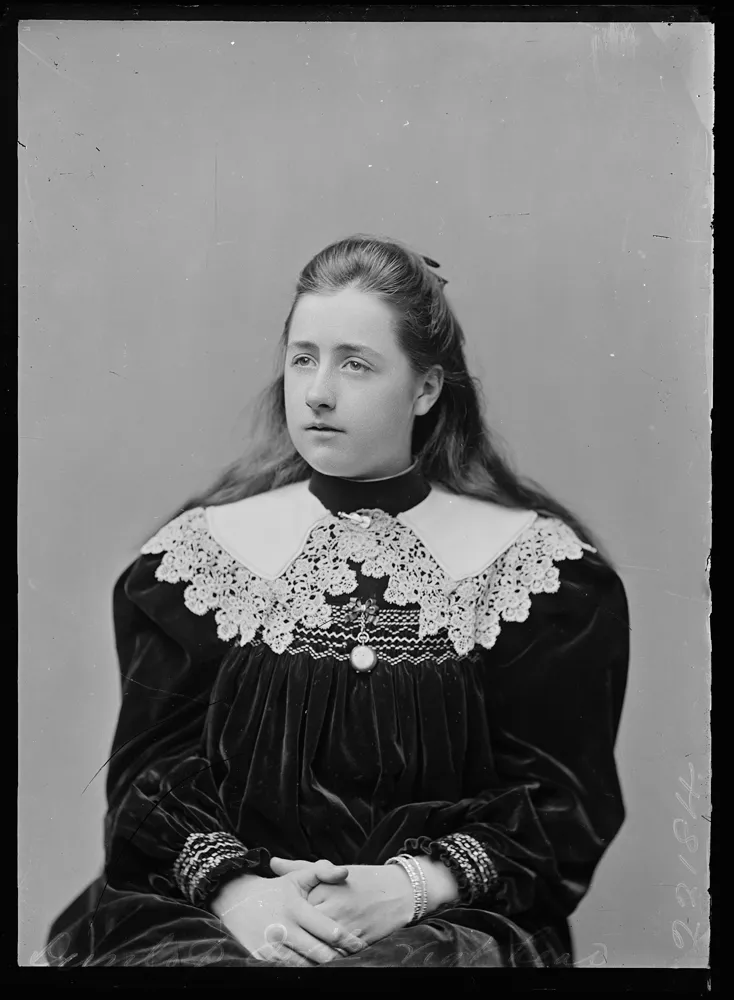
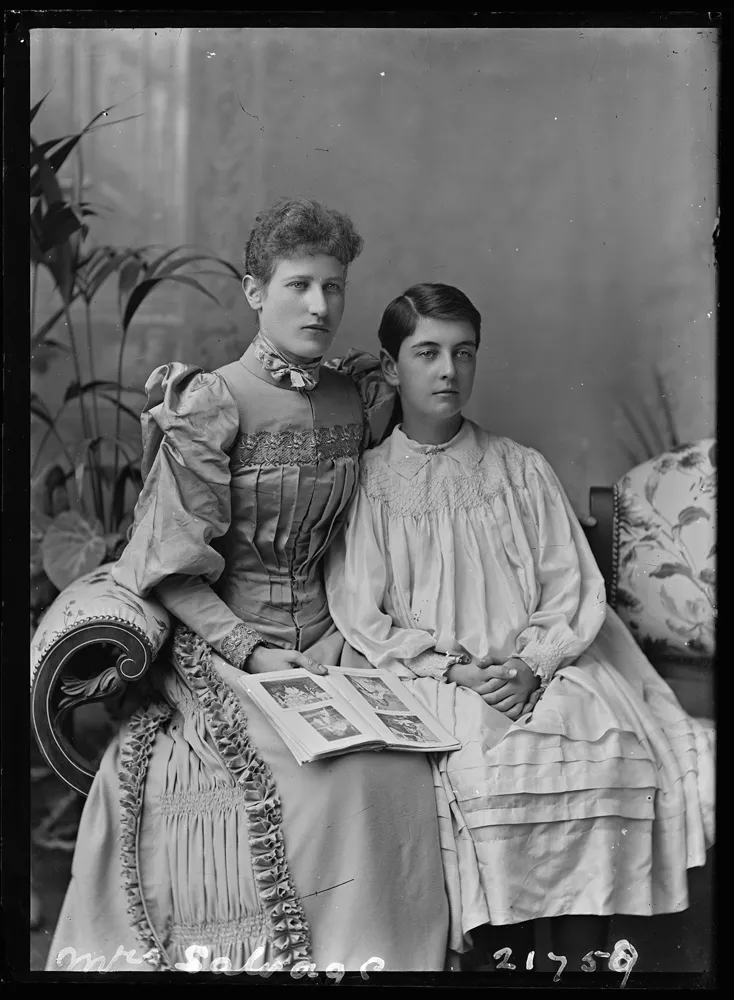
/https://tf-cmsv2-smithsonianmag-media.s3.amazonaws.com/accounts/headshot/erin.png)